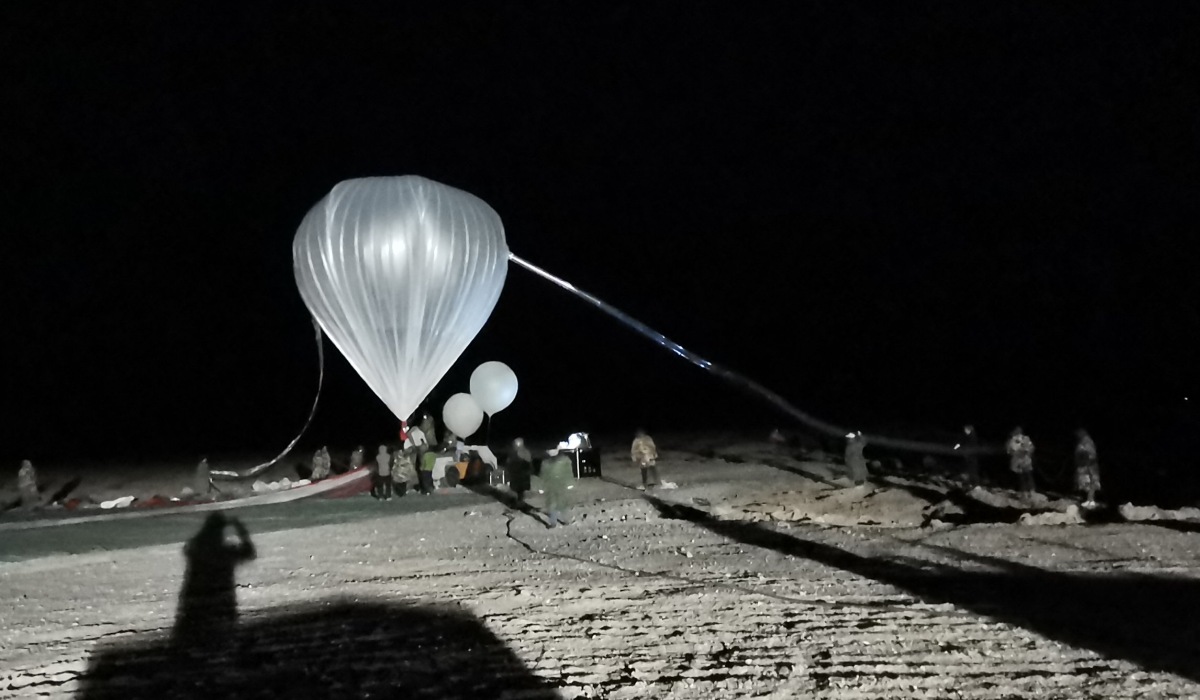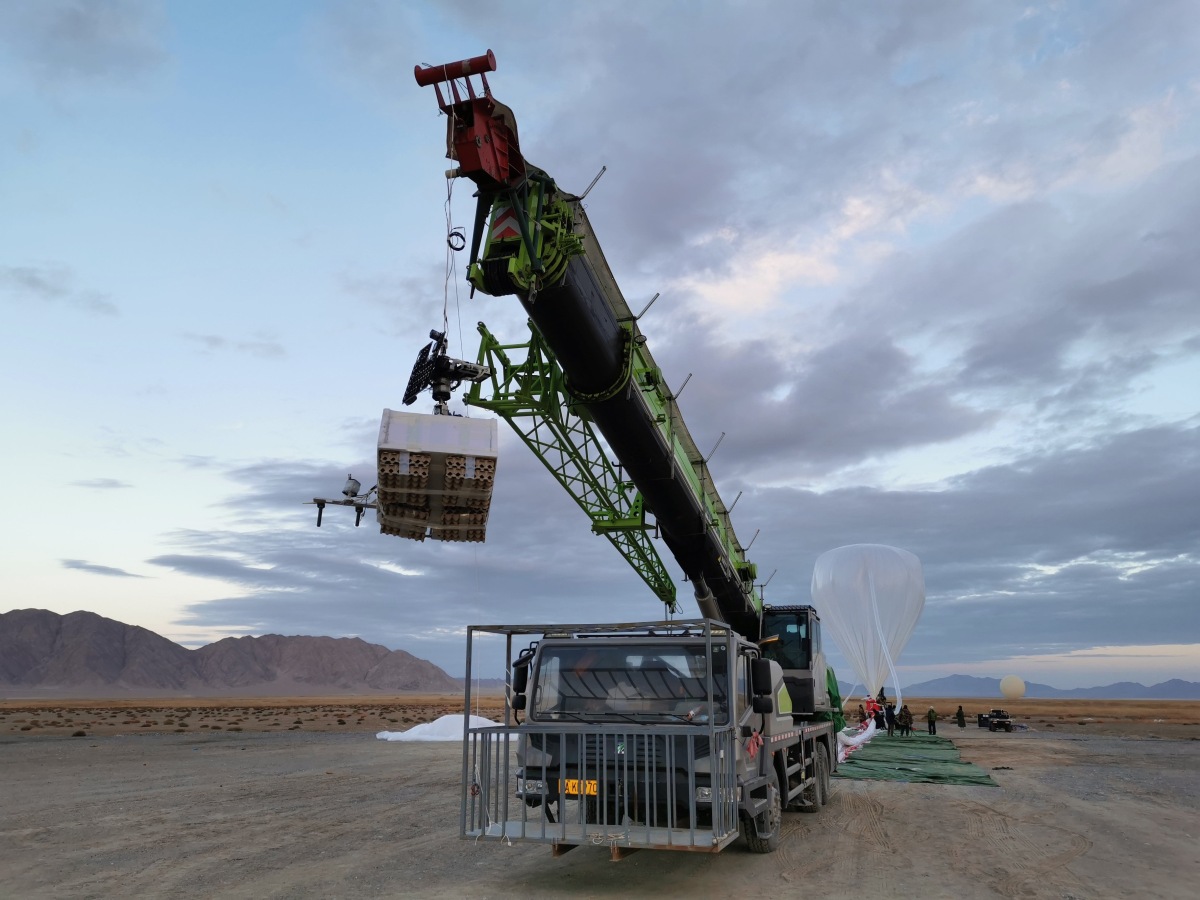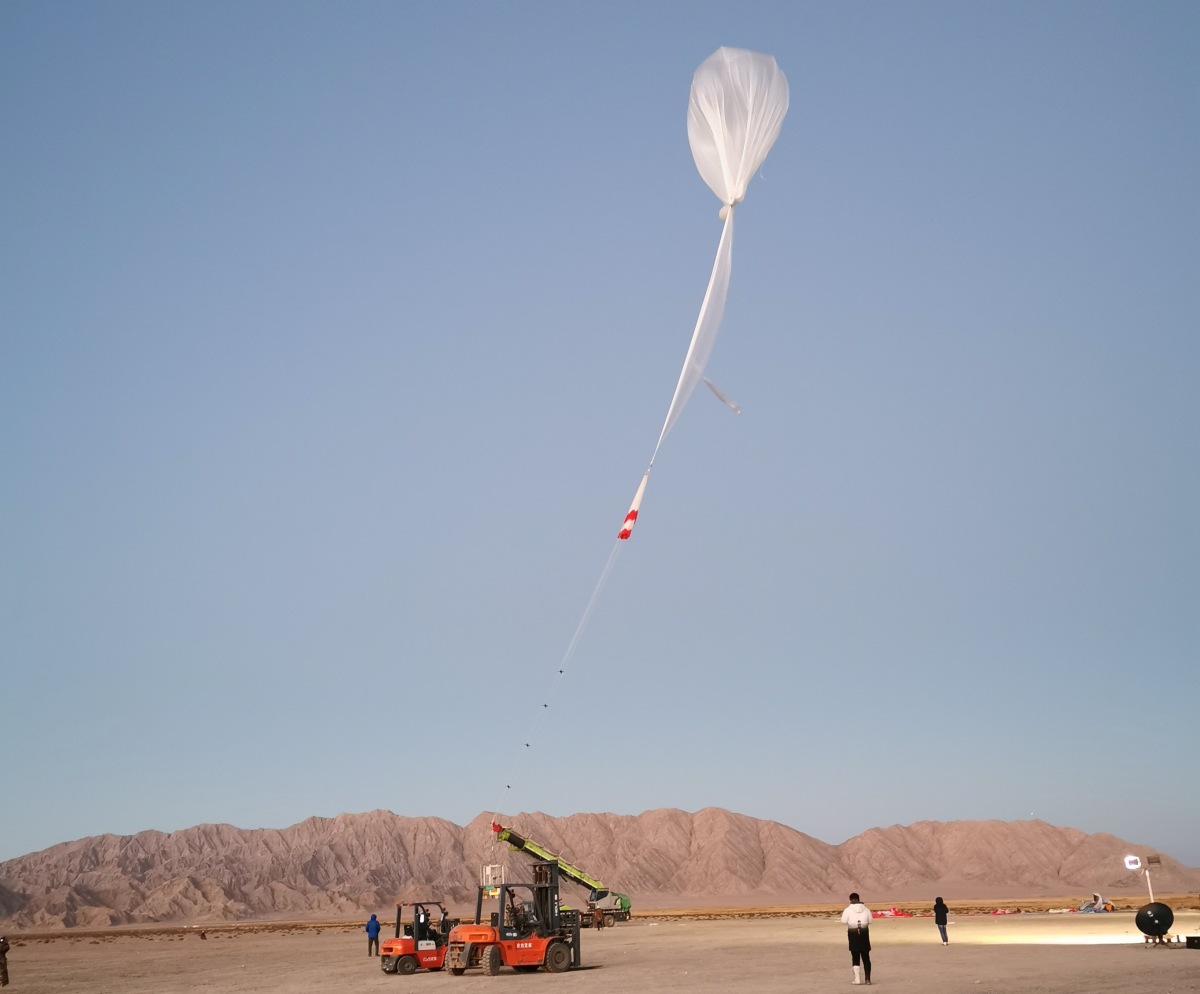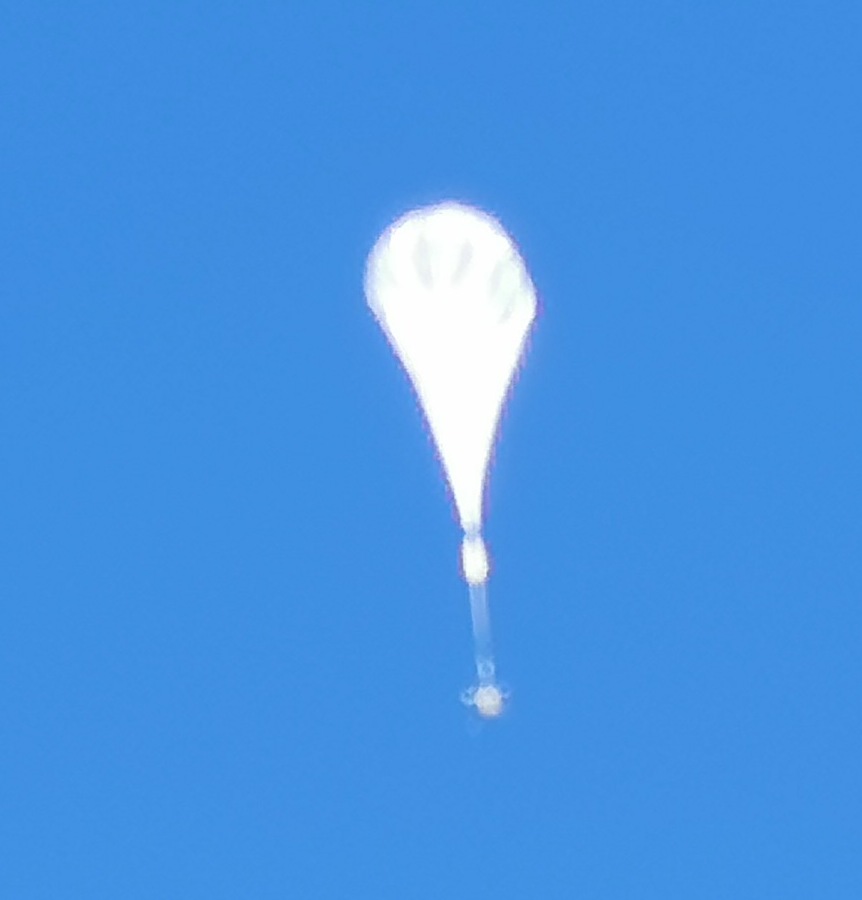Purpose of the flight and payload description
The objective of the flight was to perform calibration of solar cells using a specially developed platform transported to the top of the atmosphere by a stratospheric balloon.
CONTEXT
When designing solar cell energy systems for space missions, it is necessary to obtain precise performance parameters of solar cells under standard sunlight. Especially for deep space exploration the weight of the energy system carried is very limited and the calculation needs to be very precise. This information can't be obtained from the ground due to the presence of the earth's atmosphere which filters part of the solar incoming radiation.
The purpose of any high altitude solar cell calibration program is to produce air mass zero (AM0) standard solar cells that can be used for accurately setting solar simulator intensities. The concept is to fly the cells on a balloon, to maintain the sun rays as perpendicular as possible to the cells, to measure their output at altitude, to recover the cells and to use them as reference standards.
THE CHINESE PROGRAM OF SOLAR CELL CALIBRATION
Until 2010 decade the only two nations that counted with such a capability were the United States and France. As is widely known, some Western countries have imposed certain restrictions on technology transfers to China. Among those restrictions are both the primary AM0 solar cells and the provision of calibration services. The maturity and stability reached by the Chinese balloon program in recent years, together with the need imposed by the solar cell manufacturing industry, allowed to start researching the development of technologies for balloon-based calibration of solar cells.
The chinese system actually in use is composed by a special platform on which are located the cells to calibrate. This platform -as can be seen in the scheme above left- is located in the flight train above the payload, not in the gondola housing experiments. The cells are fixed on the tracking device, each with an active area of 1.00 cm2. The device tracks continously the sun during the flight allowing reading in real time of the temperature, light intensity, and Intensity/Voltage curves of the cells.
Video footage of launch operations
Details of the balloon flight
Balloon launched on: 10/2/2022 at 8:00 local time
Launch site: Dachaidan district, Qinghai Tibet Plateau, China
Balloon launched by: Aerospace Information Research Institute (AIR-CAS)
Balloon manufacturer/size/composition: Zero Pressure Balloon
End of flight (L for landing time, W for last contact, otherwise termination time): 10/2/2022 at 10:00 local time
Balloon flight duration (F: time at float only, otherwise total flight time in d:days / h:hours or m:minutes - ): 2 h
If you consider this website interesting or useful, you can help me to keep it up and running with a small donation to cover the operational costs. Just the equivalent of the price of a cup of coffee helps a lot.






